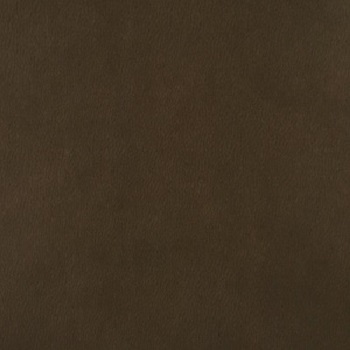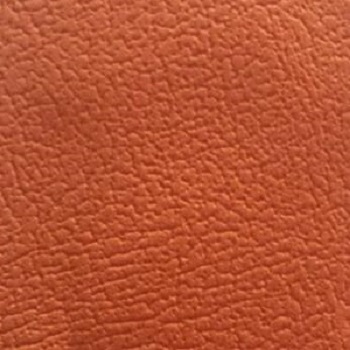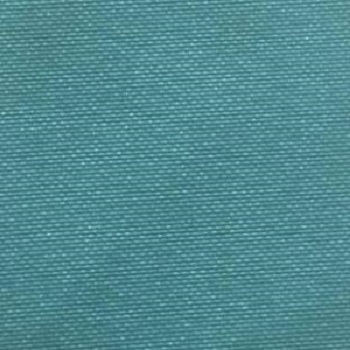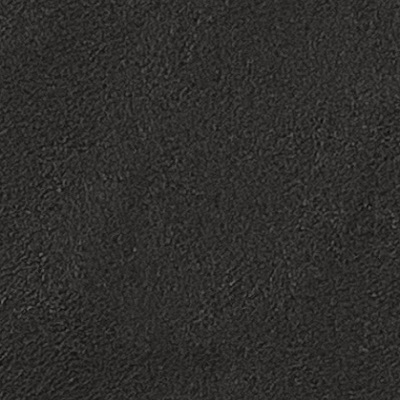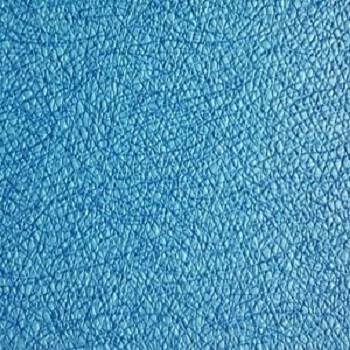Table of Contents
Benefits of Using Synthetic Lining in Shoe Manufacturing
Synthetic lining has become a popular choice for shoe manufacturers due to its numerous benefits. From increased durability to improved comfort, synthetic lining offers a range of advantages that make it a preferred option for many footwear brands.
One of the key benefits of using synthetic lining in shoe manufacturing is its durability. Synthetic materials are often more resistant to wear and tear than natural materials, making them ideal for lining the interior of shoes. This increased durability means that shoes with synthetic lining are likely to last longer and maintain their shape and structure over time.
In addition to durability, synthetic lining also offers improved moisture-wicking properties. Synthetic materials are designed to wick away moisture from the foot, keeping it dry and comfortable throughout the day. This can help prevent the development of odors and bacteria, as well as reduce the risk of blisters and other foot-related issues.

Another benefit of using synthetic lining in shoe manufacturing is its versatility. Synthetic materials can be engineered to have a wide range of properties, from soft and cushioned to firm and supportive. This allows shoe manufacturers to tailor the lining to the specific needs of the shoe, whether it be for added comfort, stability, or breathability.
Furthermore, synthetic lining is often more cost-effective than natural materials, making it a budget-friendly option for shoe manufacturers. By using synthetic materials for the lining, manufacturers can reduce production costs without sacrificing quality or performance. This cost savings can then be passed on to consumers, making shoes with synthetic lining a more affordable option for shoppers.
Additionally, synthetic lining is often easier to clean and maintain than natural materials. Many synthetic materials can be wiped clean with a damp cloth or washed in a washing machine, making it simple to keep shoes looking fresh and new. This ease of maintenance can help prolong the life of the shoes and keep them looking their best for longer.
Overall, the benefits of using synthetic lining in shoe manufacturing are clear. From increased durability and moisture-wicking properties to versatility and cost-effectiveness, synthetic lining offers a range of advantages that make it a popular choice for footwear brands. Whether you’re looking for a comfortable and long-lasting shoe or a budget-friendly option, shoes with synthetic lining are a great choice for any consumer.
How to Choose the Right Synthetic Lining for Your Shoes
When it comes to choosing the right synthetic lining for your shoes, there are several factors to consider. Synthetic linings are commonly used in footwear to provide comfort, moisture-wicking properties, and durability. With so many options available on the market, it can be overwhelming to decide which lining is best for your needs. In this article, we will discuss the different types of synthetic linings available and provide tips on how to choose the right one for your shoes.
One of the most popular synthetic linings used in shoes is polyester. Polyester linings are known for their durability and moisture-wicking properties, making them a great choice for athletic shoes or shoes that will be worn for long periods of time. Polyester linings are also easy to clean and maintain, making them a practical choice for everyday footwear.
| Name | Model |
| Shoe lining material | S |
Another common synthetic lining material is nylon. Nylon linings are lightweight and breathable, making them a good choice for shoes that will be worn in warm weather or for activities that require a lot of movement. Nylon linings are also resistant to abrasion, making them a durable option for shoes that will be subjected to a lot of wear and tear.
Polyurethane is another popular synthetic lining material used in shoes. Polyurethane linings are known for their softness and flexibility, making them a comfortable choice for shoes that will be worn for long periods of time. Polyurethane linings are also resistant to water and stains, making them a practical choice for shoes that will be worn in wet or dirty conditions.
When choosing a synthetic lining for your shoes, it is important to consider the specific needs of the shoe. For example, if you are looking for a lining that will provide extra cushioning and support, you may want to choose a lining made from a material like memory foam. Memory foam linings are known for their ability to conform to the shape of the foot, providing a custom fit and added comfort.
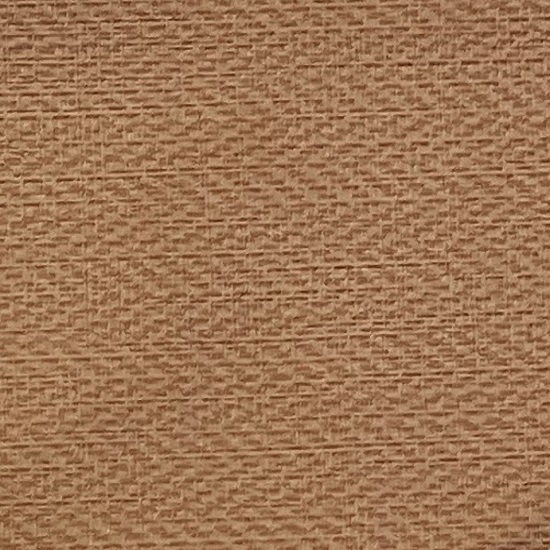
If you are looking for a lining that will provide extra warmth, you may want to choose a lining made from a material like Thinsulate. Thinsulate linings are known for their ability to trap heat and keep feet warm in cold weather, making them a great choice for winter boots or shoes that will be worn in chilly conditions.
In addition to considering the specific needs of the shoe, it is also important to consider the overall quality of the synthetic lining. Look for linings that are well-constructed and free from defects. Check the seams and stitching to ensure that they are strong and durable. It is also a good idea to choose a lining that is easy to clean and maintain, as this will help prolong the life of the shoe.
In conclusion, choosing the right synthetic lining for your shoes is an important decision that can impact the comfort, durability, and overall performance of the shoe. Consider the specific needs of the shoe, as well as the quality and construction of the lining, when making your decision. By taking the time to choose the right synthetic lining, you can ensure that your shoes will provide the comfort and support you need for years to come.

